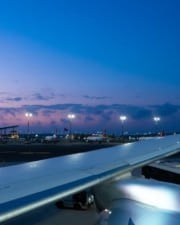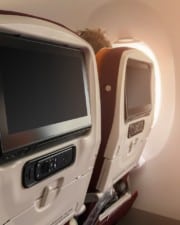Once upon a time, long flights were rare and were relegated to the realm of the rich and famous or matters of international importance. Long flight routes were limited, and the prices higher. Now long flight routes are common and affordable, but why don’t planes fly over Antarctica?
Why Don’t Planes Fly over Antarctica?
There are many reasons for this, not the least of which being that Antarctica is hardly the most hospitable or safe place over which to fly in the first place. In addition, there are several navigational concerns, as well as a lack of infrastructure.
With that in mind, let’s take a more detailed look at some of the reasons why flying over Antarctica remains a barrier for pilots.
1. Weather Conditions
First and most obviously, Antarctica does not exactly have the most welcoming climate for human activity of any kind. With some of the coldest and most extreme temperatures on Earth, it takes months of special training for people to be ready to arrive in order to do work there.
And the only people there are pretty much those who are working and doing research. Most of the human settlements on Antarctica are research centers. The area is not the kind of place where people go on holiday, so planes obviously don’t make pleasure visits.
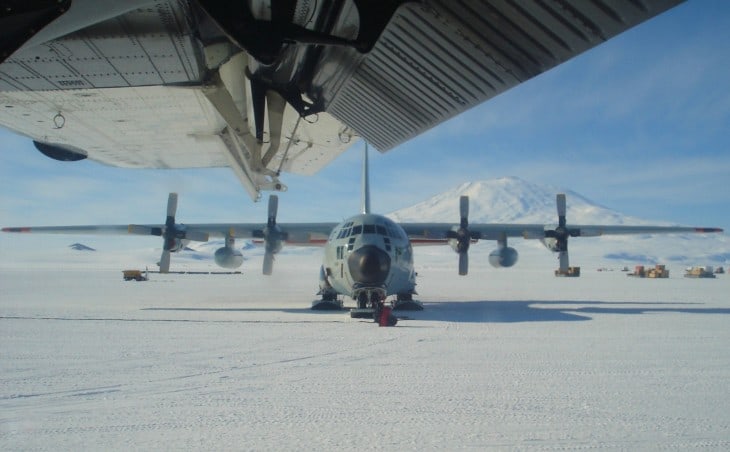
Just how cold does it get in Antarctica? Try -89.6 Celsius, which was reached at Vostok Station back in 1983. The average temperature in Antarctica in the winter hovers in the -40s Celsius range. For context, your freezer is probably only around -18 Celsius.
Needless to say, that is not only not conditions in which you’ll be enjoying a holiday any time soon, but it’s also not the sort of environment in which aircraft should be flying. Even if you aren’t taking off from such impossibly frigid conditions, ice will still be a huge problem.
De-icing is already essential for planes flying in cold weather conditions. It can already cost hundreds or even thousands of dollars per de-icing session, depending on the size of the plane and how much de-icing fluid you have to apply.

That isn’t even factoring in anti-icing measures such as onboard electrical heating to keep the wings warm so as to melt ice.
Now imagine the cost of doing all of that to prepare to fly over one of the coldest spots on the planet.
Moreover, even in cold weather conditions elsewhere, there is already a very short window of time—only a few minutes after de-icing a plane—in which it is safe to fly. It is safe to say that that window would be slim to nonexistent when flying over Antarctica.
2. A Lack of Visibility
Then there is the fact that Antarctica isn’t the place with the best visibility in the world, either. Needless to say, it is subject to constant whiteouts, which can be incredibly dangerous for pilots to deal with under the best of conditions, let alone those in Antarctica.
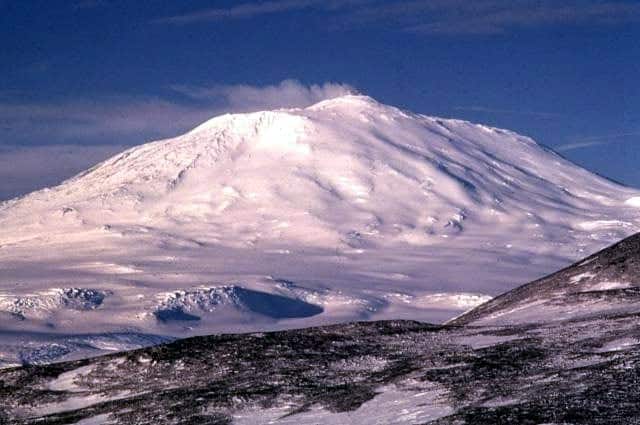
It is vitally important for pilots to maintain contact with the ground at all times so as to ensure that they know where they are going and are still level and in good flying shape. Losing track of their position while airborne is extremely dangerous. Solid white tundras such as those found in Antarctica increase the chances of that happening.
In addition, there is always the chance of pilots running into storms. These can also be bad enough to deal with in the best of circumstances, but in the extreme conditions of the Antarctic, they can be potentially deadly.
3. A Lack of Infrastructure
It is fair to say that there isn’t much infrastructure on Antarctica at all, let alone towers and airports and other structures which can help airplanes take off, land, and navigate.

The lack of such an infrastructure can make flying over Antarctica like flying over the sea. However, at least flying over a sea or ocean typically has far better visibility and prior flight paths, giving pilots a sense of where to go via maps.
All of that is lacking in the case of Antarctica. There are few to no set flight paths and nothing to help you in the event that you need to land.
4. Navigation and Other Concerns
Things only get more challenging from there. The polar regions have special navigation concerns in the form of the magnetic fields which permeate them. These can make it difficult for planes to navigate because the polar areas interfere with magnetic navigational tools.
In addition, the isolated nature of the area can make it difficult for planes to communicate with flight controllers. This is essential for pilots to do to make sure they are going the right way and are avoiding any storms or other hazards heading in their direction.
The FAA has posted a list of requirements for flying in cold weather conditions, all of which would be necessary for flying over the Antarctic, and all of which make the job that much more costly. They are as follows:
- To begin with, you’ll need at least two “cold weather anti-exposure suits” onboard. Just wearing a warm coat and a few layers won’t do. These suits are specially designed to combat the extreme elements. As you might expect, these suits can be rather expensive.
- You’ll also need route-specific training for handling weather conditions in the cold weather area to which you’ll be traveling. However, since there is practically no air travel over the Antarctic, it is difficult to nearly impossible to obtain “route-specific training” for routes that do not exist.
- Aircraft also need enhanced radios and other communication abilities so they can maintain contact with air control towers. As stated, this can be incredibly difficult in the polar regions.
- You’ll need to devise backup plans for diverting to nearby airports in the event of an emergency. However, while this is an essential cold weather precaution, as has been pointed out, there are practically no airports in Antarctica, let alone emergency ones.
- Finally, you will need to find ways to ensure the fuel does not freeze.
Antarctica Versus the North Pole
If flying over Antarctica is a no-go, what about flying over the North Pole? The answer there is a bit more complicated. While polar flights in general are difficult and extremely rare, they are still possible for a couple reasons precluded for Antarctica in the list above.
For example, while polar flights are rare and often not recommended, they nevertheless have been conducted in the past, meaning there are models for flight paths over the region which flight controllers can look to as models when planning and guiding an Arctic flight.
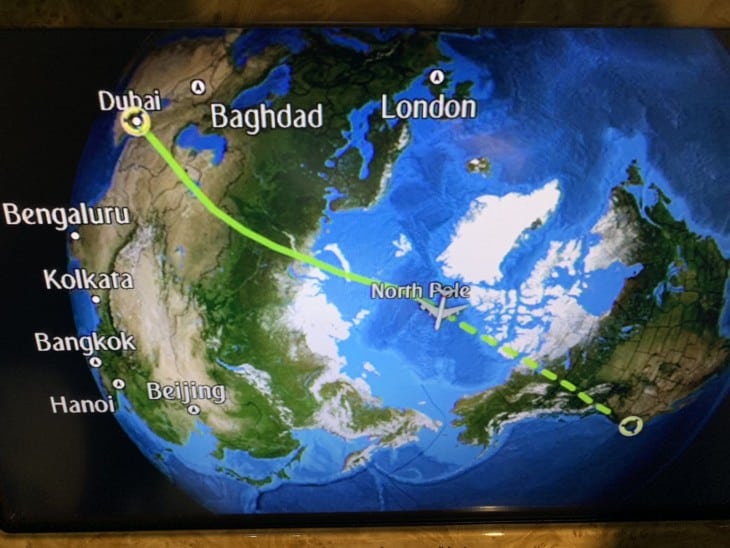
By contrast, this is not the case with Antarctica, meaning a flight there would largely leave pilots and flight controllers flying blind.
In addition, there are a couple emergency airports near the North Pole at which your plane can stop if it is running into problems. As stated above, however, this is not the case with Antarctica, making it that much more dangerous to fly over.
Trips to Antarctica have long been seen as adventurous expeditions due to the extreme conditions and danger involved. This remains the case for any flight company thinking about how to solve these problems and trying to expand flight paths over Antarctica.
For now, however, it largely remains an icy no-fly zone.
References ▾
Related Posts


